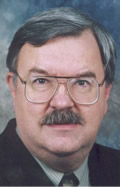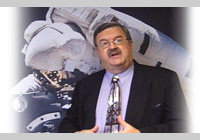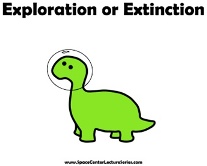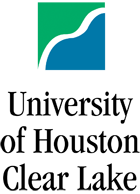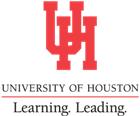
| Home |
| Future lectures |
| Past lectures |
| Location & time |
| About us |
| Partners |
| Contact |
| James Oberg Update: Russian Space Program |
|
James Oberg, 63, is one of the world's leading popularizers and interpreters of space exploration. As the NBC News 'Space Consultant' he often appears in broadcast and website assessments of space events, explaining them and placing them in broader context, and usual breaking 'inside stories' far ahead of other news media sites. As guide for public-access expeditions to space-related locations for the American Museum of Natural History, he interprets space achievements as manifestations of human ingenuity and creativity, painted on metal and concrete and plastic rather than the more traditional canvas and marble and textiles. As contributor to numerous space technology publications he assesses in depth the important accomplishments and trends of developments in space activities around the world, not only in the US but in Russia and China and elsewhere. He has written ten books and more than a thousand magazine and newspaper articles on all aspects of space flight. Among these books are: Red Star in Orbit, generally considered the best inside portrait of the history of Soviet space activities through 1981; New Earths, the world's first non-fiction treatment of the far-out futuristic topic of "terraforming" or "planetary engineering"; Pioneering Space (with his wife as co-author), a broad and insightful view of the human side of the spaceflight experience; The New Race for Space, which described the development and prospects for closer US/Russian space flight cooperation; and Uncovering Soviet Disasters, a penetrating analysis of secrecy and technological shortcomings in the former USSR which received wide praise around the world and even in post-glasnost Moscow. His 1999 book, Space Power Theory, commissioned by the US Space Command, described how the United States has achieved space superiority and how it can exploit and maintain it into the next century. He also contributes key articles on space topics to several leading encyclopedias and annual reference books. His latest book, Star-Crossed Orbits: Inside the US/Russian Space Alliance, described the development of the International Space Station and the actual role the Russians played in making it possible, in somewhat less flattering terms than official NASA histories. Beyond mere chronology, Oberg has been active in portraying space exploration in its social context, including studies of the widespread web of mythology, legends, and misconceptions that have sprung up around actual events. He has also theorized about future developments of space technology in the expansion of human activity to other worlds, and the use of space-derived knowledge, power, and wisdom to mend and tend the biosphere of Earth. In addition, he has used spaceflight-proven methods of technological safety and reliability to examine where, how and why space managers and workers have fallen short of such standards, leading to disasters, and he has contributed to private aviation accident investigations involving seemingly-unexplainable disasters such as the Korean Airlines flight 007 shootdown by the USSR in 1983. Oberg is widely regarded as a world authority on the Russian and Chinese space programs. He has several times been invited to testify before Congress about the problems facing the Russian space industry and the prospects for China in space, and regularly lectures at government 'think tanks' on these themes. He is a Fellow of the British Interplanetary Society and in 1993 was invited to become the first foreign member of the Russian Academy of Cosmonautics. He is also on the editorial board of "Air & Space" magazine, sponsored by the Smithsonian's "National Air and Space Museum", and of SPECTRUM, the monthly magazine of the Institute of Electrical and Electronic Engineers, and writes a monthly column on upcoming space missins for 'Astronomy' magazine. He provides expert assessment and forecasts of Russian space industrial and technological elements for corporate and government clients. Prior to his association with NBC News, Mr. Oberg had been the space consultant for ABC News and several foreign networks. He has also been the space correspondent for United Press International, and has written columns for space Internet sites from space.com to Galaxy Online to msnbc.com. His book "Red Star in Orbit" was the basis of a 1991 PBS NOVA mini-series devoted to new revelations about the history of the Russian cosmonaut program, and was optioned to HBO for a made-for-TV movie. He was consultant and catalog contributor to the two auctions of Russian space memorabilia held by Sotheby's in New York, to the sale of a flown Vostok spacecraft by Kaller's America Gallery of NY, and has been a science display advisor to many planetariums, galleries, and museums. He and his wife Alcestis ("Cooky") Oberg live on a small ranch in rural Galveston County, Texas, with fine herb gardens, orchards, a miscellaneous collection of dogs, cats, and horses, and an often grand view of the sky. They have two grown sons, and delightful grandsons. His home page is www.jamesoberg.com.
We hope to keep our lectures free and are now accepting donations in any amount via PayPal. T-shirts and onesies for sale! "Since hazards from asteroids and comets must apply to inhabited planets all over the Galaxy, if there are such, intelligent beings everywhere will have to unify their home worlds politically, leave their planets, and move to small nearby worlds around. Their eventual choice, as ours, is spaceflight or extinction." -Dr. Carl Sagan
|
| Submit a Question | ||
Sponsored in part by |
||
